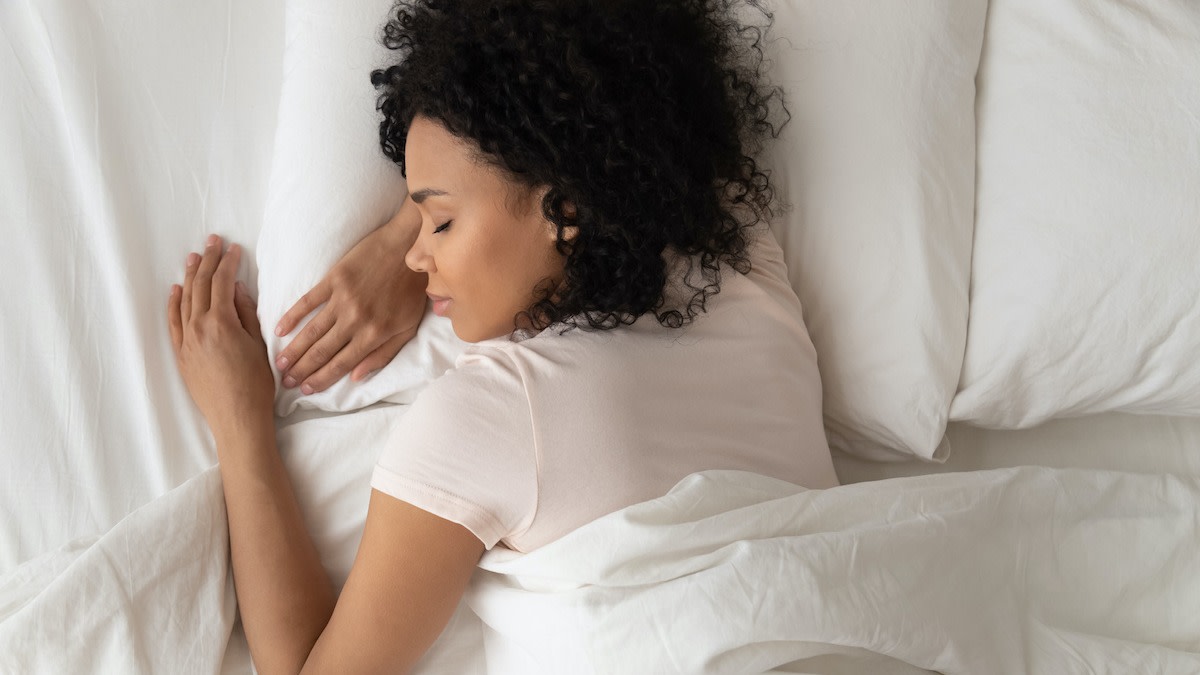Second Sleep: Pros and Cons of Sleeping Twice Per Day
Written by MasterClass
Last updated: Mar 23, 2022 • 4 min read
Most humans only sleep once in a twenty-four-hour period. However, some sleep specialists promote the idea of a second sleep, where your core sleep is divided into two separate sleep sessions spaced hours apart.
Learn From the Best
What Is a Second Sleep?
A second sleep is part of a biphasic sleep-wake cycle that involves two deep sleep periods over the course of a twenty-four-hour period (also called a photoperiod). Biphasic sleep differs from monophasic sleep, which involves one single period of sleep in a twenty-four-hour period (most people's nighttime sleep schedule). Yet another option is a polyphasic sleep schedule, which is periodic napping over the course of a twenty-four-hour cycle.
People who adopt biphasic sleep patterns usually aim for the same total hours of sleep they would get from a more traditional sleeping schedule, and they may opt for a biphasic sleep schedule because their old sleeping pattern did not align with their natural circadian rhythms. The idea is that a biphasic sleep pattern will promote greater wakefulness and cognitive function during peak parts of the day.
Biphasic vs. Polyphasic Sleep: What’s the Difference?
Both a biphasic sleep pattern and a polyphasic sleep pattern offer alternatives to monophasic sleep, where a person only sleeps once in a twenty-four-hour period. They do so in different ways:
- Biphasic sleep involves two sleep periods. Biphasic sleepers divide the sleep-wake cycle into a first sleep and a second sleep. These substitute for the single sleep found in a monophasic sleep cycle while offering roughly the same total sleep time and total number of waking hours.
- Polyphasic sleep involves more than two sleep periods. Over the course of a twenty-four-hour photoperiod, polyphasic sleepers go through many periods of sleep, each of which is followed by a period of wakefulness. These sleeps take the form of short naps. In many ways, polyphasic sleep patterns mimic those of newborn babies, who take many naps over the course of the day. (As babies age, their naps dwindle to shorter periods, and eventually, most children end up as monophasic sleepers.)
A Brief History of the Second Sleep
Historian A. Roger Ekirch of Virginia Tech has proposed that for most of human history, humans had biphasic sleep habits. For much of their existence, humans had less protection from nature's elements, and they had little choice but to spend parts of their days indoors (particularly during the summer heat), even if all of their work involved outdoor labor. This led to biphasic natural sleep patterns.
In his 2005 book At Day's Close: Night in Times Past, Ekirch submits that standard sleep hygiene changed around the time of the eighteenth- and nineteenth-century industrial revolution. Machinery and inventions like the lightbulb allowed the everyman to work uninterrupted for longer stretches of time. Many people began to work straight through the day (or at night, using artificial light) and then, when work was complete, to sleep in one extended session.
3 Types of Biphasic Sleep
Here are three common versions of a biphasic sleep cycle:
- 1. Two naps at night: Some biphasic sleepers go to bed in the evening, wake up for a couple of hours in the middle of the night, and then return to bed for a second sleep.
- 2. One nap at night, one nap during the day: Biphasic sleepers can also sleep at night (typically after midnight) and pair this with a long afternoon nap. Such a sleep-wake cycle is popular in Spain, where it runs hand-in-hand with the midday siesta. Note that this afternoon sleep goes well beyond a twenty-minute nap. In most cases, the midday nap will be several hours long and will involve REM sleep and deep sleep.
- 3. Two daytime naps: This option is rarely used by humans, who are almost always diurnal, or awake during the day. Shift workers who labor at night but prefer biphasic sleep can opt for this type of sleep pattern. Typically they will go to bed around dawn, wake up for a couple of hours, and then take another long nap before their workday begins.
Benefits and Drawbacks of Biphasic Sleeping
If you’re considering adjusting your sleep pattern to embrace biphasic sleep, take note of the following benefits and drawbacks:
- Biphasic sleeping can help some people get more overall rest. Sleep deprivation can cause irritability, an inability to focus, and mental health issues. If a healthcare professional suggests you find new ways to get sufficient sleep, it may be worth breaking your sleep-wake cycle into a first sleep and a second sleep.
- Biphasic sleeping may feel more natural to some: Young children do best with biphasic sleep, and sleep research suggests that for much of human history, biphasic patterns of sleep were the norm. If biphasic sleep naturally suits your circadian rhythm, try it and see if it leads to greater cognitive function and overall wakefulness.
- Biphasic sleeping is not a cure for a sleep disorder: Human sleep disorders like clinically diagnosed insomnia cannot be cured by biphasic sleeping. Rather than self-prescribe a course of treatment, seek professional medical advice for tackling sleep disorders.
- Biphasic sleeping may not mesh with all work schedules: If your job requires you to clock in at specific hours, long afternoon naps may not be an option. Still, you could explore the option of nighttime biphasic sleeping, where both sleep sessions occur at night.
Want to Learn More About Catching Those Elusive Zs?
Saw some of the best darn logs of your life with a MasterClass Annual Membership and exclusive instructional videos from Dr. Matthew Walker, the author of Why We Sleep and the founder-director of the Center for Human Sleep Science at the University of California, Berkeley. Between Matthew’s tips for optimal snoozing and info on discovering your body’s ideal rhythms, you’ll be sleeping more deeply in no time.
